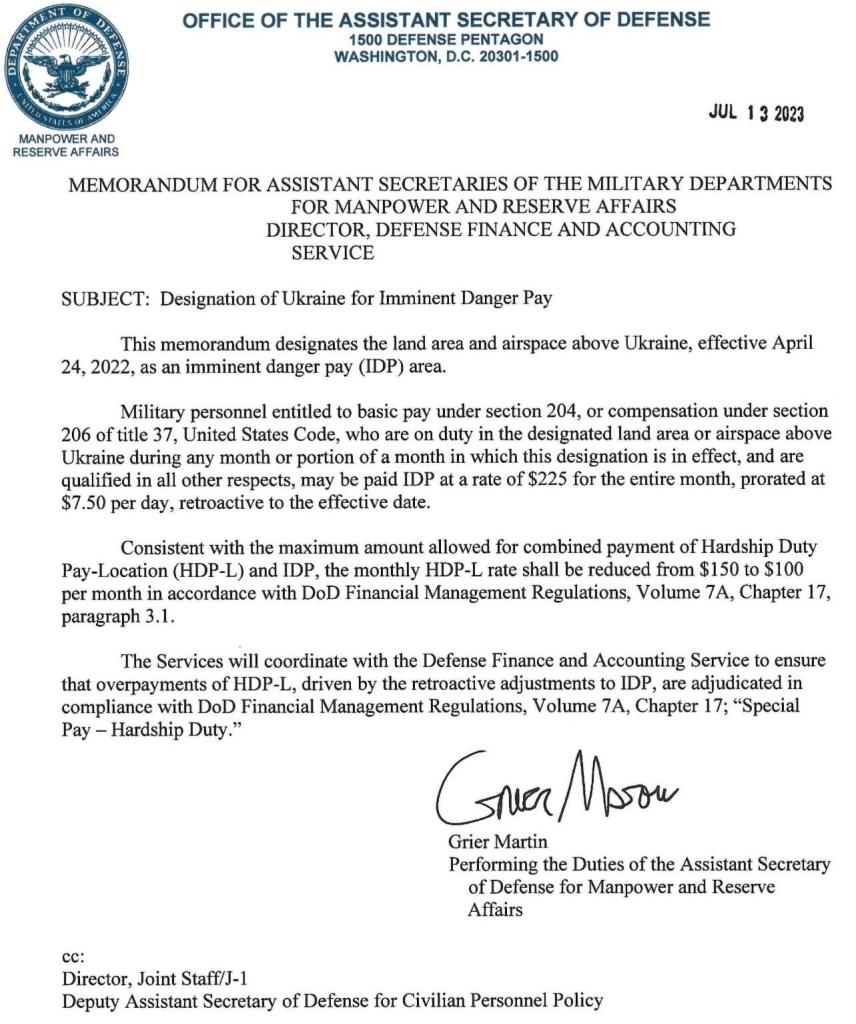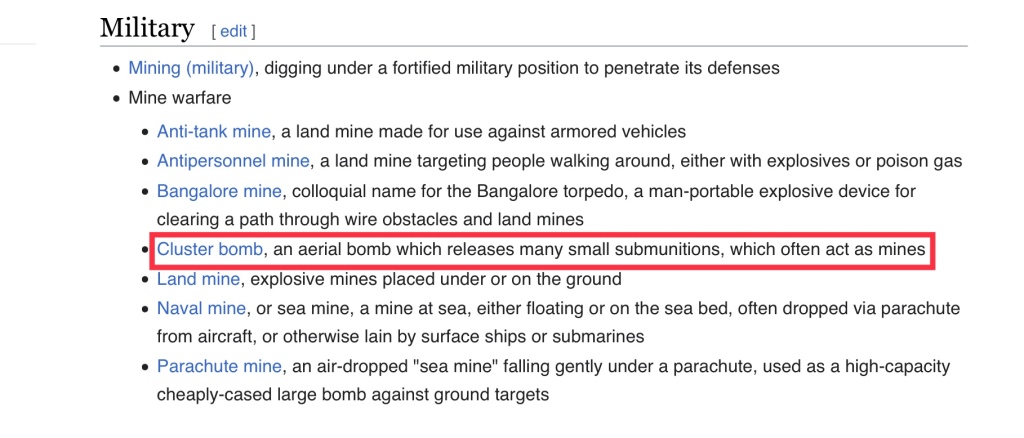A recent article appearing in the US-based Business Insider titled, “Russia’s showing NATO its hand in the air war over Ukraine,” would provide a showcase of the deep deficit in military expertise driving increasingly unsustainable, unachievable foreign policy objectives. The article summarizes a number of interviews conducted with Western “airpower experts,” exhibiting a profound misunderstanding of modern military aviation, air defenses, and their role on and above the battlefield.
The West is Learning the Wrong Lessons about Airpower in Ukraine
Tag: land mines
NATO learning hard lessons about its future in Ukraine
Ukraine war shows NATO is ill-prepared to defend even its own territories while massive weapons expenditure exposes US in Asia-Pacific
NATO learning hard lessons about its future in Ukraine
U.S. intelligence says Ukraine will fail to meet offensive’s key goal + General Frost

Thwarted by minefields, Ukrainian forces won’t reach the southeastern city of Melitopol, a vital Russian transit hub, according to a U.S. assessment
…
“Russians are known to be capable of fighting in cold weather,” the official said.
U.S. intelligence says Ukraine will fail to meet offensive’s key goal
Related:
‘General Frost’: How the Russian winter terrified the country’s enemies
Ukraine’s army has for now set aside U.S. fighting methods and reverted to tactics it knows best.
Ukrainian Troops Trained by the West Stumble in Battle
Ukraine’s army has for now set aside U.S. fighting methods and reverted to tactics it knows best.
H/T: Emil Cosman
US troops in Ukraine can now earn hazard pay


The Pentagon has authorized additional hazard pay for U.S. troops serving in Ukraine, a defense official confirmed Thursday.
US troops in Ukraine can now earn hazard pay (archived)

Right after Biden sent cluster munitions to AFU!
By giving Ukraine cluster bombs, the US is admitting that it’s OK to kill civilians
By giving Ukraine cluster bombs, the US is admitting that it’s OK to kill civilians
The estimated dud rate is disputable. According to the Congressional Research Service, “There appear to be significant discrepancies among failure rate estimates. Some manufacturers claim a submunition failure rate of 2% to 5%, whereas mine clearance specialists have frequently reported failure rates of 10% to 30%. A number of factors influence submunition reliability. These include delivery technique, age of the submunition, air temperature, landing in soft or muddy ground, getting caught in trees and vegetation, and submunitions being damaged after dispersal, or landing in such a manner that their impact fuzes fail to initiate.”
The United States has a huge stockpile of cluster munitions — 4.7 million containing hundreds of millions of bomblets — that it is dusting off to deliver to Ukraine after a “difficult decision” by President Joe Biden.
The U.S. last used these munitions in its military excursion in Afghanistan. Trouble was that the little bombs resembled in color and shape the humanitarian aid packets that the U.S. dropped from planes. This confusion, which obviously left many civilians maimed or dead, led to the curtailment of cluster bombs for our next military adventure.
This did not stop Israel from using cluster bombs in its 2006 campaign against Hezbollah forces in Lebanon. According to a March 2022 Congressional Research Service report, Israel used them in the “last 3 days of the 34-day war after a U.N. cease-fire deal had been agreed to — resulting in almost 1 million unexploded cluster bomblets to which the U.N. attributed 14 deaths during the conflict.” Israel’s use of the bombs “supposedly affected 26% of southern Lebanon’s arable land and contaminated about 13 square miles with unexploded submunitions. One report states that there was a failure rate of upward of 70% of Israel’s cluster weapons,” the agency said.
Related:
IAEA saw no evidence Moscow planning attack on Zaporizhia nuclear plant + More
The Director General of the International Atomic Energy Agency (IAEA) Rafael Grossi spoke to FRANCE 24 from Vienna and stated that his teams had not observed any Russian military deployment inside the Zaporizhia nuclear power plant, despite Ukrainian authorities claiming that Moscow was preparing to attack the site.
IAEA saw no evidence Moscow planning attack on Zaporizhia nuclear plant, but ‘anything can happen’
Related:
Zaporizhzhia NPP False Flag Very Concerning
Nuclear cloud will trigger NATO’s Article 5, US warns Russia (archived)
Zelenskyy wants to draw in NATO forces, and destroy humanity, all because he’s losing!
IAEA Issues Warning over Europe’s Biggest Nuclear Power Plant + ‘Mad panic’ evacuation
The situation around Russia’s Zaporozhye Nuclear Power Plant, which sits close to the frontline with Ukraine, is becoming more dangerous, International Atomic Energy Agency (IAEA) Director General Rafael Mariano Grossi warned on Saturday. The statement came as Kiev is preparing to launch a counteroffensive, and the authorities of Zaporozhye Region began the partial evacuation of cities close to the conflict zone.
IAEA Issues Warning over Europe’s Biggest Nuclear Power Plant
Related:
Ukraine Wants the US to Provide Cluster Bombs to Use With Drones
Cluster bombs endanger civilians by scattering small bombs across a large area and have been banned by over 100 countries
Ukraine Wants the US to Provide Cluster Bombs to Use With Drones
Russian Sappers Land in Laos to Clean Up Mess Made by US During Indochina Wars
Russian sappers have begun another round of explosives clearance operations in the Lao People’s Democratic Republic.
Russian Sappers Land in Laos to Clean Up Mess Made by US During Indochina Wars

You must be logged in to post a comment.